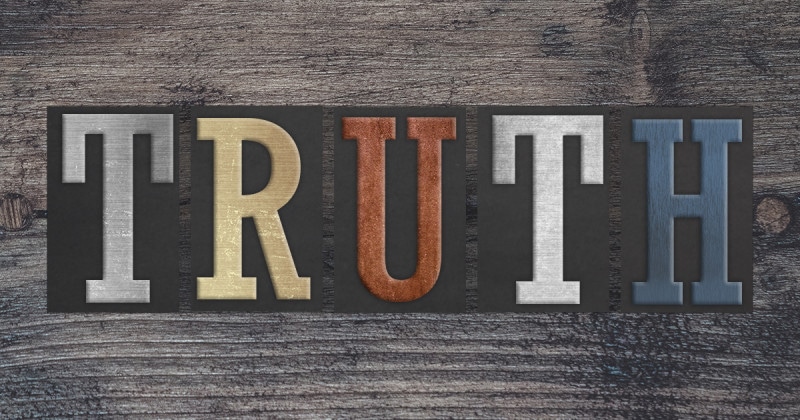
Last week we covered Basic Truths 1-5.
This week we finish her up with the remainder of the list.
#6 We are hardwired to Pay Attention to Fascination Triggers
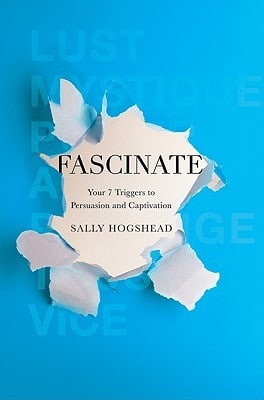 Our brains are mostly interested in survival.
Our brains are mostly interested in survival.
And as an inherently social species, survive means navigating the social environment.
That means the things we are hardwired to find unignorable and “fascinating” involve the following (mostly social) triggers, first discussed and popularized by Sally Hogshead:
- Prestige (think status and changes in status)
- Power
- Lust (sex and food)
- Vice (Taboos)
- Trust
- Alarm (Threats)
- Mystique (the mystery of the “other” and the “beyond”)
The more your ads tap into one or more of these triggers, the more likely they’ll gain attention.
And note how only one of these — alarm — readily applies to non-human environmental elements rather than social stuff.
Everything else is about other people. As I said, we’re a social species. Social proof and social influence are crucial.
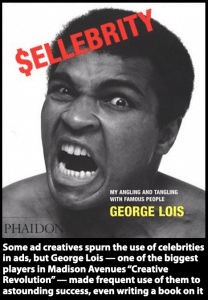 There’s a reason celebrities are so frequently used in ads — and so frequently work when used intelligently.
There’s a reason celebrities are so frequently used in ads — and so frequently work when used intelligently.
Celebrities tap into the prestige trigger; people are hardwired to pay attention to high status individuals, practically guaranteeing that your ad will break through the clutter.
But you don’t have to use celebrities to tap into the Prestige or status trigger.
You can use high status institutions, like Harvard, or entice people with the drama of an embarrassment.
The point: if your ads aren’t tapping into these triggers, they won’t be as powerful as they could be.
Re-watch this Levi’s Ad from Basic Truth #3 and see how many fascination triggers you can identify.
#7 People Decide Emotionally and Within the Context of the Moment
The appliance you’ll buy when you’ve got all the time in the world to research your options is not the same one you’ll buy when your old one craps out and you need a replacement ASAP.
And whether paying more for free delivery and installation makes sense changes drastically depending on whether you’re short on time or money.
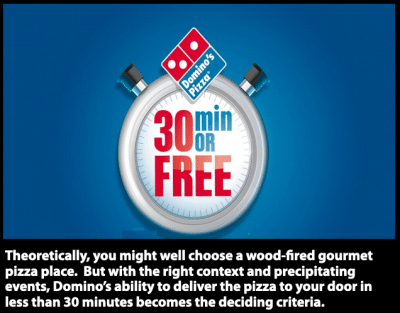 Marketers often unconsciously assume that every buyer is buying under theoretically ideal conditions, and out of pure desire.
Marketers often unconsciously assume that every buyer is buying under theoretically ideal conditions, and out of pure desire.
But that’s rarely the case for most products, which are almost always bought following some kind of precipitative event.
The event that buyers are reacting to, as well as the context of their lives, can make all the difference in what and how they buy.
Specifically in what criteria actually matter to them.
Under Basic Truth #3, I wrote that:
“[Branding] means finding ways to communicate messages that WILL be relevant to customers when they DO need what you sell, while making that message interesting to them right now, as they encounter your ad.”
Figuring out what’s actually important to the buyer at their moment of need — verse what’s theoretically important to them outside of that context — is the difference between success and failure.
What people ought to care about due to theoretical importance isn’t necessarily what they will care about most when facing down the undeniably urgent.
#8 Most Purchases Are Satisficed Rather than Maximized
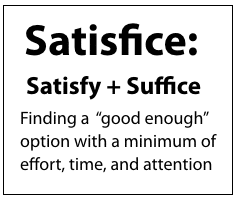 We only have so much time, energy, concentration, and attention in a day.
We only have so much time, energy, concentration, and attention in a day.
Maximizing a purchase sucks up tons of bandwidth we don’t have.
So we look for a good-enough solution that requires the least thinking and hassle possible.
We satisfice by using cognitive shortcuts.
As mentioned in Basic Truth #1, our favorite cognitive shortcut is to use our judgement of people instead of judgement about technical or domain specific stuff. We find an expert we can trust.
Our second favorite shortcut is social proof.
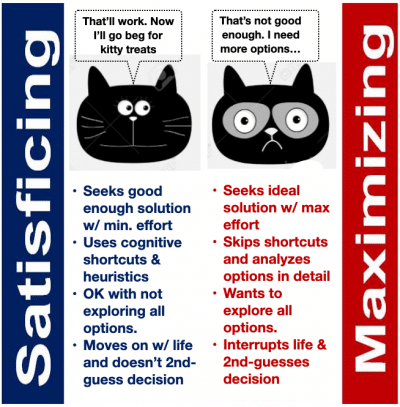 We ask ourselves “what kind of person am I, and what would that kind of person do in this situation?”
We ask ourselves “what kind of person am I, and what would that kind of person do in this situation?”
Opting for the most popular option that everyone else buys might not maximize your results, but it’ll generally keep you from making a disastrous decision and usually works out just fine.
So a good enough solution that springs to mind right away and feels socially approved will win the day, regardless of whether there are better options available for those willing to do the research and “educate themselves.”
And this goes double for purchases made under duress following a negative precipitating event.
#9 Vulnerability Is Connection, And Connection Is Power
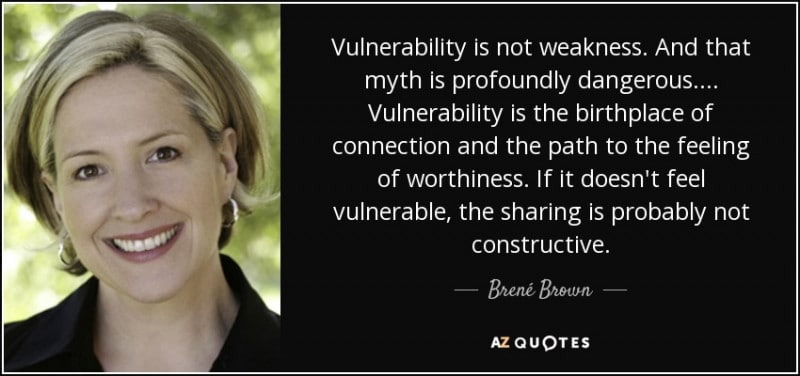
If vulnerability feels like the wrong word for you, think in terms of “self-disclosure” instead.
We cannot connect with people we don’t know.
So for people to feel as if they know you, you’ll have to reveal things about yourself.
Your dreams, your goals, your values, some of your life experiences — those kinds of things.
But for that to really stick, you’re going to have to talk about sacrifices you’ve had to make in pursuit of your goals.
Of setbacks and lessons learned along the way.
Of emotional challenges that may have sparked your goals or yearnings in the first place.
That’s what I’m talking about when I talk about vulnerability.
Most of us don’t like to share these things because, well, doing so feels scary.
But it’s these shared human experiences that allow for connection.
And human connection is persuasive power.
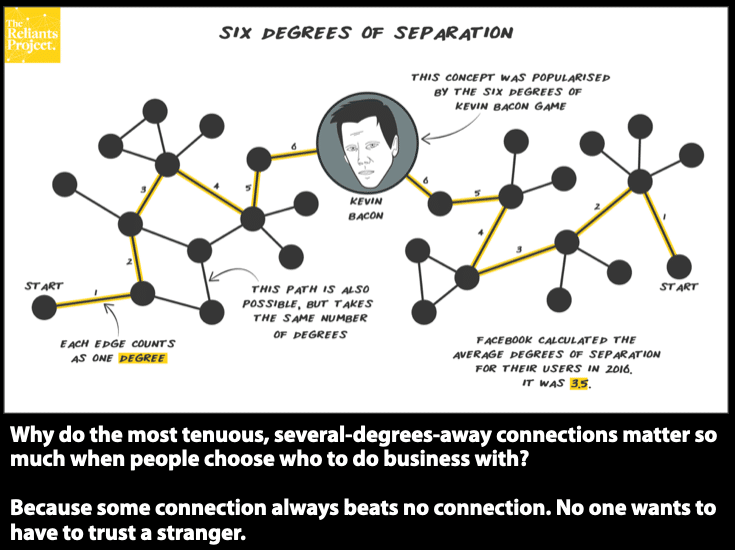
For example, how often will you make a sale based on the flimsiest, six-degrees-of-Kevin-Bacon style connections?
The sister of some guy you know at the gym? The cousin of a lady from Church?
Your sister’s old roommates’ little brother?
Ever stop to ask why that would possibly matter when deciding who to buy insurance, cars, air conditioning, legal services, or jewelry from?
Rationally, of course, it shouldn’t matter.
But some connection is always better than no connection, and so these flimsy almost-connections determine the sale.
With advertising and story telling and ethos — from Basic Truth’s #1 and #2 — you can self-disclose things that’ll blow those flimsy connections away.
People WILL connect with you, and therefore choose you.
And all because you chose to be vulnerable in your ads.
#10 People Only Go Where Their Minds Have Already Been
Story is a flight simulator for your mind.
When we imagine doing something, we’re taking a dry run at it before physically doing it “for reals”
Any guesses on the best way to improve the chances your audience will take the action you want them to take?
Yup. Get them to imagine it first.
Ideally, you’ll want your ads to get your audience to mentally participate in stories where they “walk through” calling you, buying from you, etc.
 Psychologists know that the best way to get past sticking points is to not only pre-plan, but script and imagine the actions you want to take.
Psychologists know that the best way to get past sticking points is to not only pre-plan, but script and imagine the actions you want to take.
So if you wanted to start working out after work, you’d pre-pack your gym bag and workout drink the night before and stage it by the door. Then you’d mentally rehearse bringing that to work so you could drive straight from work to the gym.
When you give your mind a script to follow and then mentally rehearse following it, you dramatically increase the chances you’ll follow through on your desired actions at the deciding moment.
If you think back to Basic Truth #7, you’ll understand that people often buy in reaction to precipitating events.
So give those people a script to follow during or immediately after those events.
And in Basic Truth #8, I introduced this customer decision pattern:
“What kind of person am I, and what would that kind of person do in this situation?”
So use story to help customers imagine following a script that makes sense for the kind of person you’re trying to attract.
Help customers imagine taking the specific actions you want them to take, and promise them a happy ending as part of the script.
And happy not only in terms of resolving their problem and getting them back to their regularly scheduled life, but in terms of positive change to the fascination triggers.
They’ll suddenly be sexier, more confident, and a better dancer.
Obviously, that last part’s tongue in cheek, but only slightly. It’s obviously not far off than what’s symbolically implied in the Levis ad, after all.
10 Basic Truths of Advertising — Not Exactly a Checklist, But Pretty Close…
And there you have it, 10 Basic Truths of Advertising.
I wouldn’t exactly call them a checklist or how-to content, but they ought to give you a pretty good feel for evaluating ad campaigns.
So let me ask you: how does your advertising stack up?
- Getting a Foot in the Door — Of Perception - November 27, 2025
- What Digital Superstars Know About Offline Advertising - November 17, 2025
- Unmistakable: A Tale of Two Boots and Branding Done Right - November 8, 2025
